That time a samurai used a revolver to escape assassins
- By Travis Pike
Share This Article
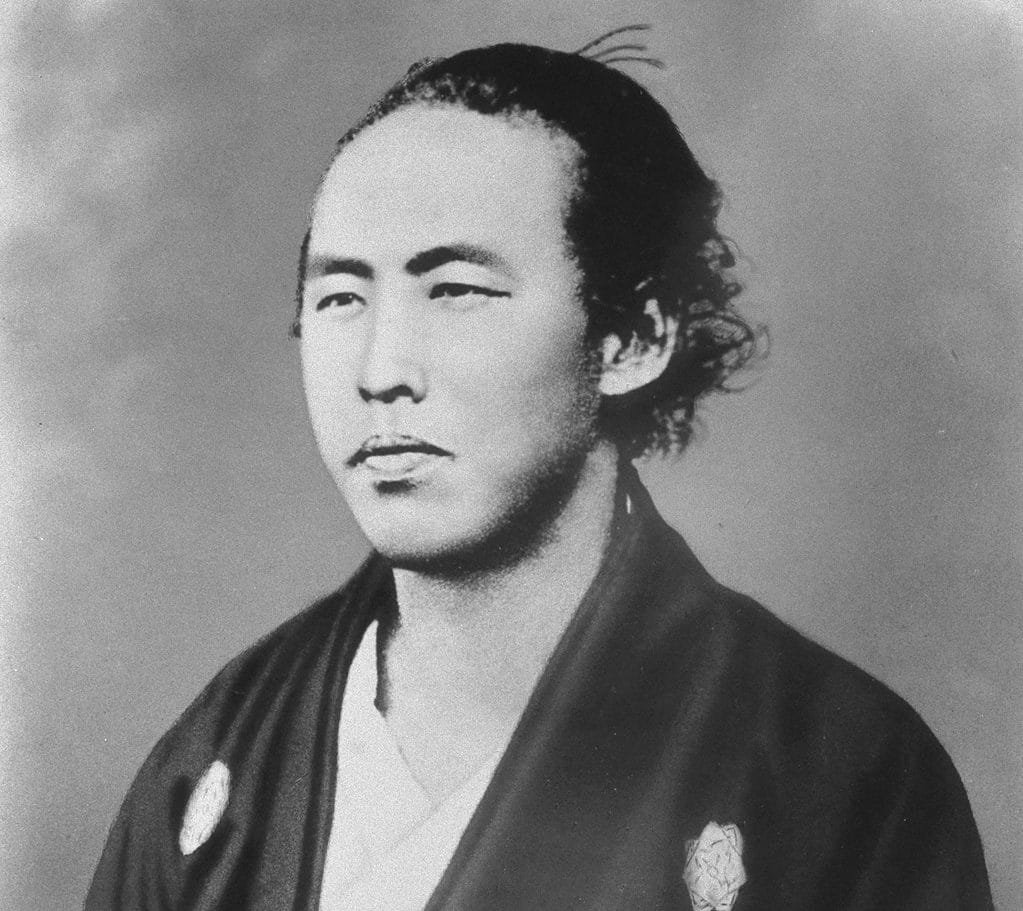
How exactly does a samurai named Sakamoto Ryōma become more well-known for his gun-slinging than sword-swinging skills? Today, we are going to dive into the man, the gun, and the incident that led this samurai to wield a Smith and Wesson pistol in something known as the Teradaya Incident.
Japan in the 1850s was experiencing some radical changes. The Perry Expedition had forced Japan to end its policy of isolationism and sign the U.S.-Japan Treaty of Peace and Amity. The treaty was seen as unequal and began a movement to remove Shogun Tokugawa Iesada and reinstate Imperial rule.
The Anti-Tokugawa movement became known as the Sonnō jōi, which loosely translates to “revere the emperor, expelling the barbarians”. Sakamoto Ryōma joined the Sonnō jōi, and this led to a series of events known as the Teradaya Incident.
Sakamoto Ryōma – The man
Ryōma was born in 1836 in the low-ranking samurai class in the Tosa Domain. In the Tosa Domain, there was a strict separation between high-ranking samurai and low-ranking samurai. This created segregation and unequal treatment.
He enrolled in school, but after showing little aptitute or patience, he was enrolled in fencing classes. There he showed skill and was later allowed to travel to Edo to attend the Hokushin Ittō-ryū Hyōhō Chiba-Dōjō school, where he became a master swordsman. He remained at the school and became a senior instructor known as a shihan.
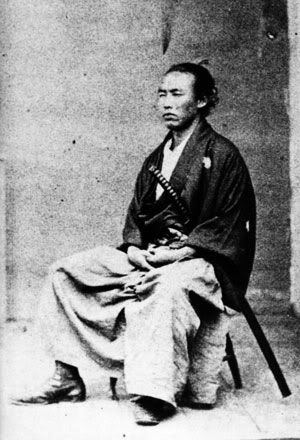
In 1858 he returned from Edo to Tosa and began participating in anti-Shogun activities. This put him on the road to the Teradaya Incident. He helped plan assassinations but would later leave his clan without permission, an offense punishable by death. Ryōma would later infiltrate the Tokugawa shogunate and become a protege of a high-ranking official. He admired the official and his plan of westernization and modernization of Japan.
Ryōma, who studied democracy and democratic principles and was inspired by the idea that all men are created equal, dreamt of a Japan without a caste system and feudalism. He also realized Japan was falling behind the west and that modernization was necessary.
Ryōma would work with his mentor and western powers to create a modern naval force which gained him the title of “father of the Imperial Japanese Navy.”
In 1867 he took a crucial role in the negotiations that led to the resignation of the Shogun.
Related: Did crocodiles really eat hundreds of Japanese soldiers during WWII?
The Smith and Wesson
Sakamoto Ryōma was a master swordsman, but he also had an eye toward the future, and that future involved guns. He carried an S&W Model No. 2 Army. The gun was a successor to the .22 caliber S&W Model 1 and chambered the more powerful .32 rimfire. (The S&W Model 1 had gained its name because its the first cartridge revolver ever produced.)
While the .32 rimfire was bigger and more powerful than the .22 rimfire, it was still a reasonably anemic round. The .32 rimfire was a 90-grain projectile traveling at 1,080 feet per second, so it was no .45 Colt but wasn’t far from the modern .380 ACP.
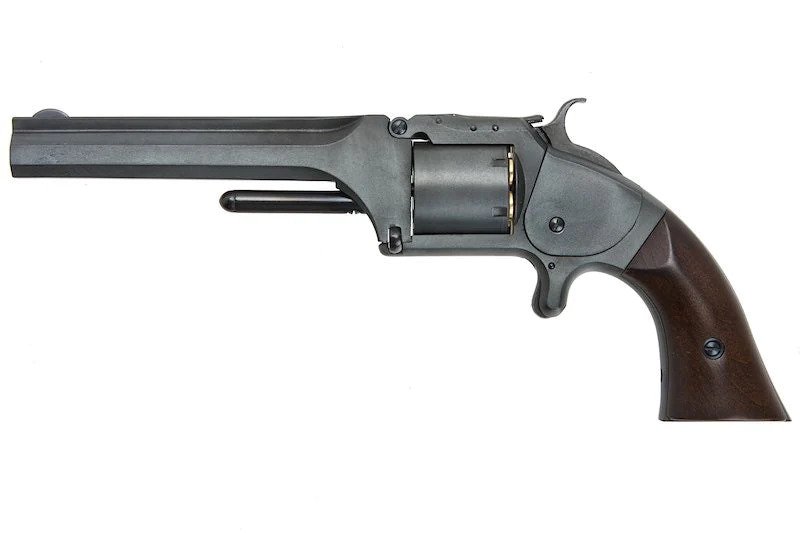
The S&W Model 2 was a single-action-only, tip-up revolver. Its barrel pivots upward on a hinge attached to the top strap. After raising the barrel upward, the user removed the six-round cylinder, loaded it, and then replaced it and closed the design. Keep in mind this wasn’t something you could do very quickly.
The most common barrel lengths were five and six inches, with four-, eight-, and 10-inch options being fairly rare. It’s unclear what model Sakamoto Ryōma carried during the Teradaya Incident, but it’s likely one of the more common models.
The S&W Model 2 was a popular revolver used in the American Civil War and owned by famous men like Wild Bill Hickok and infamous men like George Custer.
Related: The Bowie knife – A historical fighting knife
The Teradaya Incident
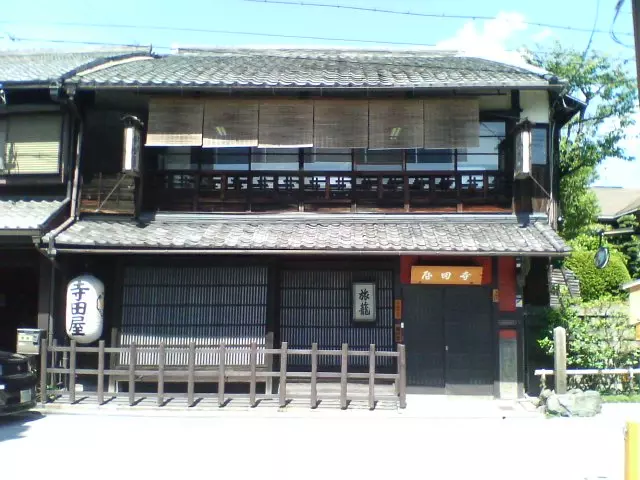
The Teradaya Incident occurred in 1866. Sakamoto Ryōma was resting at the Teradaya Inn in Kyoto with his friend and bodyguard, Miyoshi Shinzo, and his future wife, Narasaki Ryo. He later detailed the event in a letter to his family: It started with his future wife running into the room, warning him of an impending attack. She declared that men with spears were coming up the stairs. Definitely wife material.
Sakamoto Ryōma and Miyoshi Shinzo armed themselves. Ryōma with his swords and six-shooter, Shinzo with his swords and a spear. They found themselves facing 10 men armed with spears. Sakamoto Ryōma took the initiative, and in the words of Frank from It’s Always Sunny in Philadelphia, he started blasting.
He shot two men and missed another before he was attacked and injured. The man who attacked him barely avoided getting shot by ducking away. Another man attacked, and Ryōma fired but was unsure if he hit him. At this point, he was down to his last round. (The gun could hold six rounds, but as a matter of safety, you always left the chamber under the hammer empty to prevent an accidental discharge.)
A man with a spear approached, and Ryōma used Shinzo’s shoulder as a mount to steady his aim and shot the man in his chest. The man fell to the ground and crawled away, leaving a trail of blood.
All the shooting and hits caused the spearmen to retreat to regroup, and Shinzo and Ryōma took this opportunity to escape through the backstairs.
Samurai and six-shooters

It’s not unheard of for samurai to use firearms, but this is a relatively unique instance in which Ryōma’s knowledge of the modern world and its advantages allowed him to escape certain death by a much larger attacking force. The original Teradaya Inn was burned to the ground but has since been rebuilt and acts as a museum to the Teradaya Incident. It seems like a great place to stop by if you’re ever in Japan.
The Teradaya Incident is a fascinating story about a tumultuous and exciting time in history. If you want a very detailed account of the entire incident and more information on Ryōma, check out Samurai Revolution by Romulus Hillsborough.
Read more from Sandboxx News
Related Posts
Sandboxx News Merch
-

‘AirPower’ Classic Hoodie
$46.00 – $48.00 Select options This product has multiple variants. The options may be chosen on the product page -

‘Kinetic Diplomacy’ Bumper Sticker (Black)
$8.00 Add to cart -

‘Sandboxx News’ Trucker Cap
$27.00 Select options This product has multiple variants. The options may be chosen on the product page

Travis Pike
Travis Pike is a former Marine Machine gunner who served with 2nd Bn 2nd Marines for 5 years. He deployed in 2009 to Afghanistan and again in 2011 with the 22nd MEU(SOC) during a record-setting 11 months at sea. He’s trained with the Romanian Army, the Spanish Marines, the Emirate Marines, and the Afghan National Army. He serves as an NRA certified pistol instructor and teaches concealed carry classes.
Related to: Military History
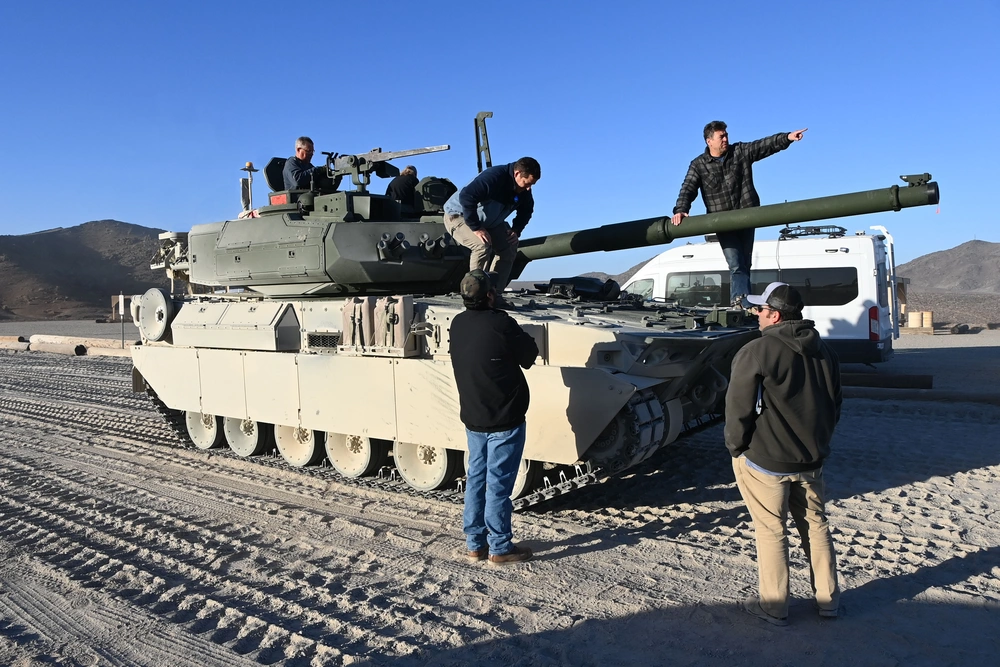
The M10 Booker and how the Army flubbed a tank
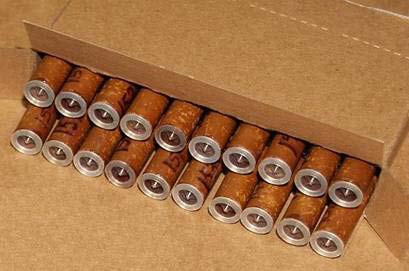
Caseless ammo could be the future of cartridges
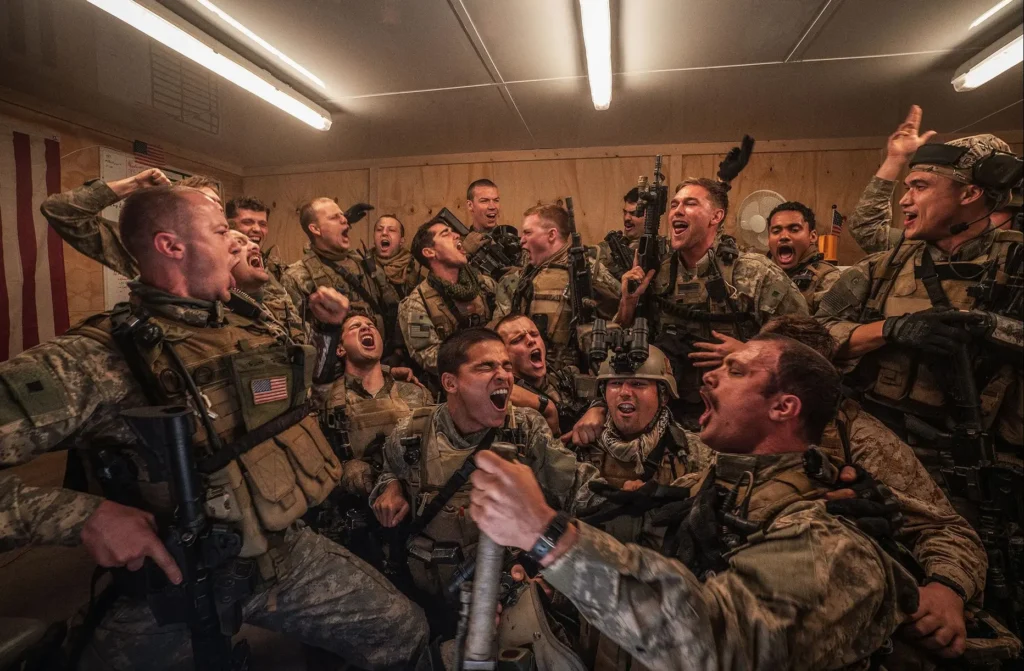
‘Warfare’ shows the brutal reality of combat for an elite unit
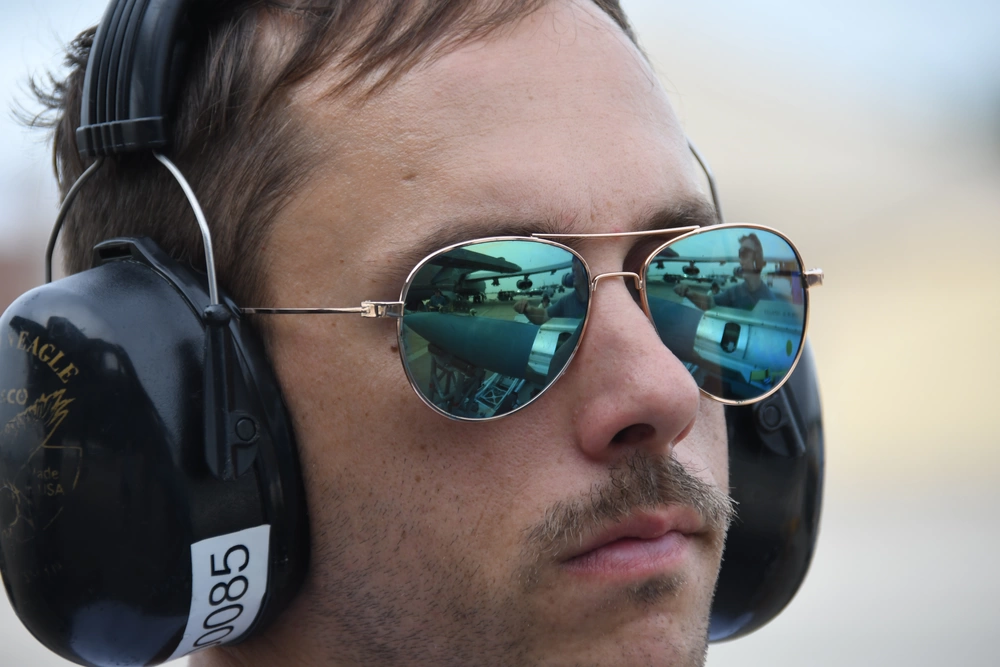
How the military has influenced fashion through the decades
Sandboxx News
-

‘Sandboxx News’ Trucker Cap
$27.00 Select options This product has multiple variants. The options may be chosen on the product page -

‘AirPower’ Classic Hoodie
$46.00 – $48.00 Select options This product has multiple variants. The options may be chosen on the product page -

‘AirPower’ Golf Rope Hat
$31.00 Select options This product has multiple variants. The options may be chosen on the product page -

‘Sandboxx News’ Dad Hat
$27.00 Select options This product has multiple variants. The options may be chosen on the product page
